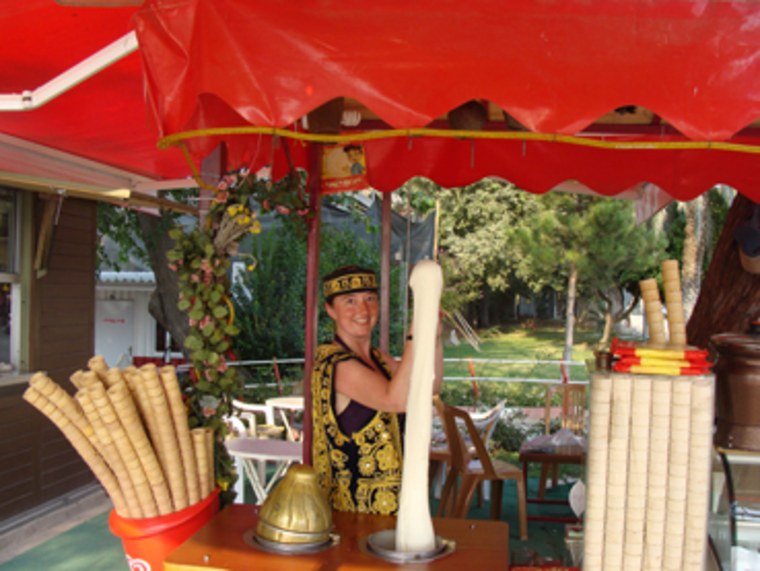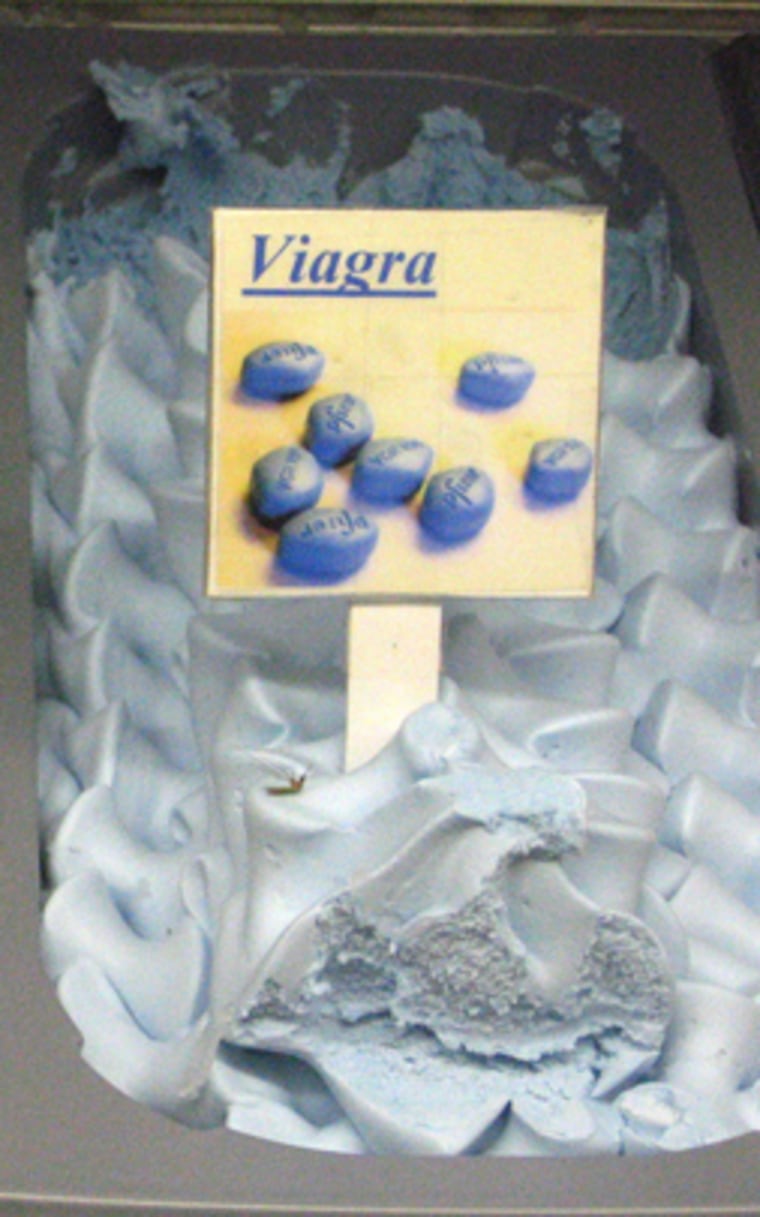The Japanese are known for their adventurous taste buds, but when it comes to ice cream, even they have their limits.
“Some years ago we tried selling Chunky Monkey in Japan,” says Ben & Jerry’s “flavor guru” Peter Lind. “But people there weren’t excited about it, because it turned out they didn’t want to ‘eat monkeys.’” (No matter that the ice cream merely contains bananas, chocolate, and walnuts.)
And yet, one man’s monkey is another man’s horseflesh. When we looked around the globe to see how ice cream varies in different countries, we found some funky—and sometimes frightening—flavors, like stinky durian fruit in Taiwan and a faux Viagra in Venezuela. The most shocking one, though, is no better—but perhaps no worse—than the thought of a real-life Monkeys ‘n’ Cream: raw horseflesh, which can be found in at least one ice cream shop in—yes, Tokyo.
No one culture can completely claim ice cream as its own—ice cream historians debate where it was even born. Roman emperor Nero supposedly had his slaves bring snow down from the mountains so that he could have it topped with fruit and honey. A king during China’s seventh-century Tang dynasty liked a version that was mixed with milk. And when explorer Marco Polo came back from China in the 13th century, legend has it that he brought back a sherbet-like concoction.
Today, Americans and Australians eat the most ice cream of anyone in the world, according to market research firm Euromonitor, but almost every country enjoys it—and the cultural interpretations vary according to palates. As you travel into Eastern cultures, for instance, the ice cream tends to be less sweet. “Here we gravitate toward candy and cookies in our ice cream, but other countries gravitate toward fruits, tea, or spices,” says Stan Frankenthaler, the director of culinary development for Baskin-Robbins, which has shops in more than 35 countries. Its 31 flavors change as you travel: a saffron ice cream has been a big hit in the Middle East, while a chocolate-peanut-butter combo has been a dud almost everywhere but the U.S.

Lind, from Ben & Jerry’s, agrees that anything with peanuts or peanut butter underwhelms ice cream fans in other countries—especially in Europe, where hazelnuts are the utility player of nuts. This summer, his company is sponsoring a global contest, called Do the World a Flavor, where people can suggest new, locally inspired flavors. “We’re looking for flavors that will appeal to all of these countries, and it’s surprising how few flavors are really popular everywhere,” Lind says. In Scandinavia, fans have suggested one of their favorites: salty licorice, which adds the faint but horrifying aroma of ammonia to an otherwise unsuspecting scoop of vanilla.
Other flavors sound tempting but don’t always live up to the hype, at least to an American palate. In part of Europe, for instance, floral-based ice cream like lavender or rose is very popular, but Lind says it’s a hard sell here at home. “We made a rose ice cream, using Indian rose water,” he recalls, “and we took it to our scoop shop to have customers sample it.” It was a onetime deal. “One person who tried it said, ‘This tastes like my grandmother’s armpit.’”
